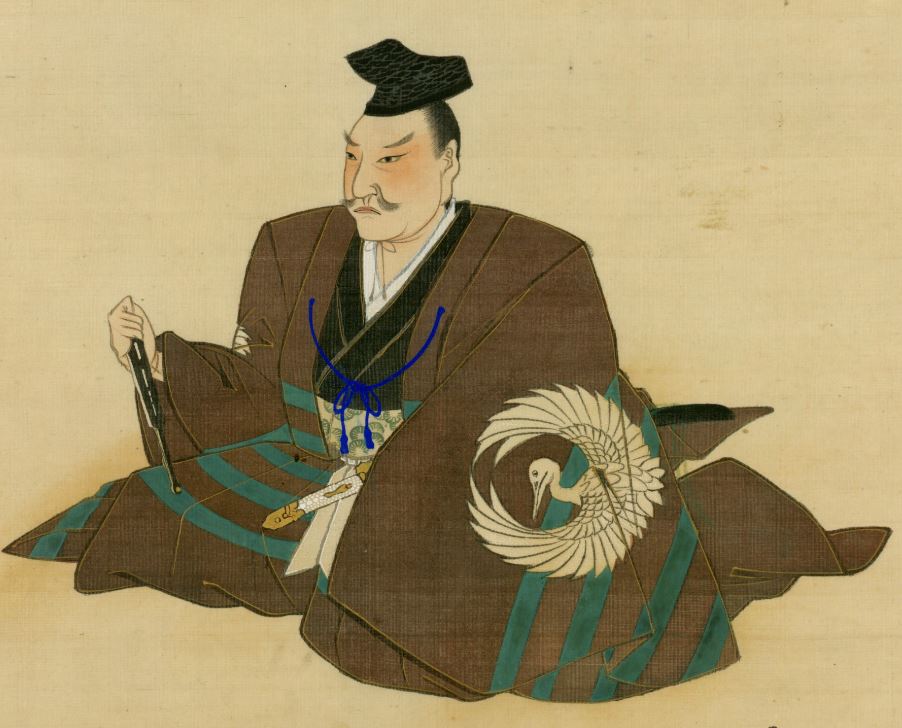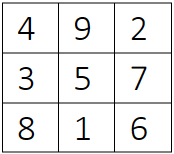Wasan
In the early 17th century in Japan, the Tokugawa shogunate took power and ushered in an era of peace and isolation known as the Edo period (1603-1868), Edo being the old name of Tokyo. This strict isolation from the rest of the world led to many divergences between Japan and the rest of the world, and one of the best examples of this is the development of a unique mathematical culture called Wasan.
During this period, there was a surge in the number of maths textbooks published in Japan, arguably the most important of which was Jinkōki. First published in 1627 by Yoshida Mitsuyoshi, it is one of the earliest surviving mathematics textbooks in Japanese history. It initially included ways to calculate areas and volumes, whilst later editions provided more niche applications that were helpful for engineers, carpenters, and farmers, including concepts such as square roots. It is thought most households owned a copy of the book, and it was heavily used in private primary schools, called terayoka, across the islands. This, along with other textbooks published at this time, was instrumental in making the population of Japan much more mathematically literate; over 1000 maths books were written in this period – more than in any other country in the world at that time.

Image credit: Momotarou2012, CC BY-SA 3.0 via Wikimedia Commons.
There was also a more advanced study of maths happening at the same time. In the west, Bernoulli’s numbers (used for finding power series) was first published in 1713. However, the same numbers can be seen in Seki Takakazu’s work published in 1712, so it could be argued that it was in fact a Japanese discovery, rather than a western one as the formula’s name would suggest. In Takakazu’s work, there are also examples of early forms of calculus, although the lack of algebra and the idea of ‘infinity’ prevented the full jump. Wasan is often assumed to be inferior to the western mathematics happening at the same time, but the work of Takakazu alone provides an example that shows new discoveries unknown even to the west were happening in Japan in this period.

Image credit: AMorozov, public domain via Wikimedia Commons.
Sangaku
A key part of Wasan was the offering of wooden tablets full of maths problems and their solutions to shrines and temples. These tablets were called sangaku, meaning calculation tablet. Deities and mathematics had an intimate relation at this time in Japanese history, and it was considered normal to offer these sangaku tablets as thanks to the gods that they had managed to solve the problems shown on them.
Often, it is not clear that it is maths problems written on the tablets, as they are often composed of geometric objects like circles and polygons. Not all the problems on the tablets were accompanied by solutions, and instead, some were included as challenges or to build on other problems written on the tablet.
To find more examples of Sangaku, visit here.
Magic Squares
Show this chapterTakakazu also completed a lot of work on magic squares. These are square grids (with n rows/columns) such that the rows, columns, and diagonals all sum up to the same number, and each number from 1 up to n2 is used once and only once. He classified magic squares into 3 categories; squares where n is odd (called ji hojin), squares where n is a multiple of 2 and of 4 (called tan-gu hojin), and squares where n is a multiple of 2 but not of 4 (called so-gu hojin). His method was based on taking known magic squares and expanding them outwards to generate new ones, with slight changes in the method depending on the category of magic square you want to generate. This method allowed him to create magic squares of any size.
To find out more about his method, see ‘The Dawn of Wasan (Japanese Mathematics)’ by Jochi Shigeru in Mathematics Across Cultures: The History of Non-Western Mathematics.

Magic square with a sum of 15.
Image credit: public domain via Yangsong Liu.
Yosan
As Japan ended its period of isolation in the mid-19th century with the Edo period ending and the Meiji period beginning, so did its isolation of mathematics end. In 1872, Emperor Meiji allowed the study of western mathematics, called Yosan, in Japan and later that century the Mathematics Society of Japan was founded. With this, Wasan became rarer and rarer, and Yosan became embedded as the mathematical culture of Japan, and its more advanced accomplishments have largely been forgotten in favour of their western equivalents.
Some traditions of Wasan do remain, and some aspects of it are often still taught in Japanese primary schools to help students learn to count numbers. Over 1000 sangaku remain either at shrines or in homes, with more being rediscovered every year. Modern versions of sangaku, called ema, are still gifted to shrines by students before exams to help improve their luck in answering the questions.
Shigeru, Jochi, ‘The Dawn of Wasan (Japanese Mathematics)’, in Helaine Selin, and Ubiratan D’Ambrosio (eds), Mathematics Across Cultures: The History of Non-Western Mathematics (Dordrecht, 2000), pp. 423-454
Mitsuyoshi, Yoshida, Jinkōki, trans. Osamu Takenouchi (Tokyo, 2000)
Author
Ben Tocher

